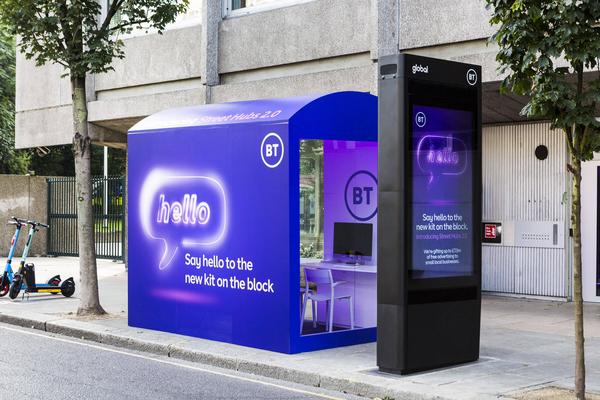Grotty, soaked in urine, and plastered with escort ads if the windows haven't already been kicked in – the public phone box is a British institution on its last legs. And yet comms regulator Ofcom has a plan in place to protect the endangered species.
BT has been tolling the bell for copper phone lines for some time now, but upgrading payphones to digital too would require significant investment. So the telco is choosing which should stay and which should go.
Ofcom has noted that in the year to May 2020, 150,000 calls were made to emergency services from phone boxes, 25,000 to kids' counselling service Childline, and 20,000 to the Samaritans support line for those in emotional distress, so it's clear payphones still fulfil a need.
On the other hand, call volumes from the 21,000 kiosks across the UK fell from 800 million minutes in 2002 to 7 million in 2020. And the regulator says that 96 per cent of UK adults own a mobile and few of us will have stepped foot inside a phone box for many years.
To safeguard call boxes where they might do some good, Ofcom has said they shouldn't be removed if any of four criteria apply:
The regulator says this would prevent about 5,000 phone boxes from removal, and that "exceptional circumstances" could mean "geographic location of the phone box (for instance, a coastal location where mobile reception is less resilient); as well as the types of calls made from the phone, such as to helpline numbers."

It added: "BT and KCOM [the company responsible for communications infrastructure around Hull] can propose to remove phone boxes that do not fall within this strict criteria, but would need to formally consult with local communities before any action is taken."
Ofcom would also make the telcos install batteries in some boxes so that they would still work in the event of a power cut.
Selina Chadha, Ofcom's director of connectivity, said: "Some of the call boxes we plan to protect are used to make relatively low numbers of calls. But if one of those calls is from a distressed child, an accident victim or someone contemplating suicide, that public phone line can be a lifeline at a time of great need.
"We also want to make sure that people without mobile coverage, often in rural areas, can still make calls. At the same time, we're planning to support the rollout of new phone boxes with free Wi-Fi and charging."
On the latter point, BT has begun installing what it calls "Street Hubs" in 300 locations across the country where it can get the go-ahead from local planners. These 21st-century call boxes provide "free Gigabit Wi-Fi, rapid mobile phone charging, and free calls," as we reported earlier this year.
BT Street Hub 2.0
As for the fate of the iconic red phone box, which ceased production in 1985, local authorities can purchase one for a quid under BT's "Adopt a Kiosk" scheme and use it for another purpose – like a community library or housing for a public defibrillator.
Still, 21,000 to 5,000 functional phone boxes is a sizeable cut, and The Register wonders what you'd do if you're mugged, lose your phone and are lost, if you're running from a serial killer and need to warn their next victim, or if you're a superhero who needs to make a quick change into your costume. ®
Get our